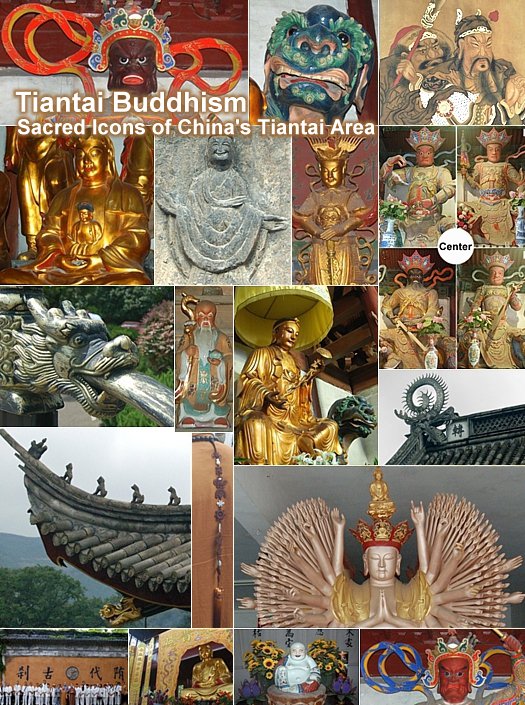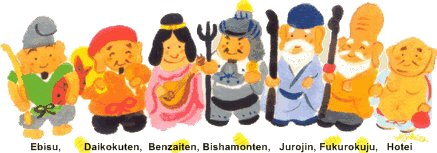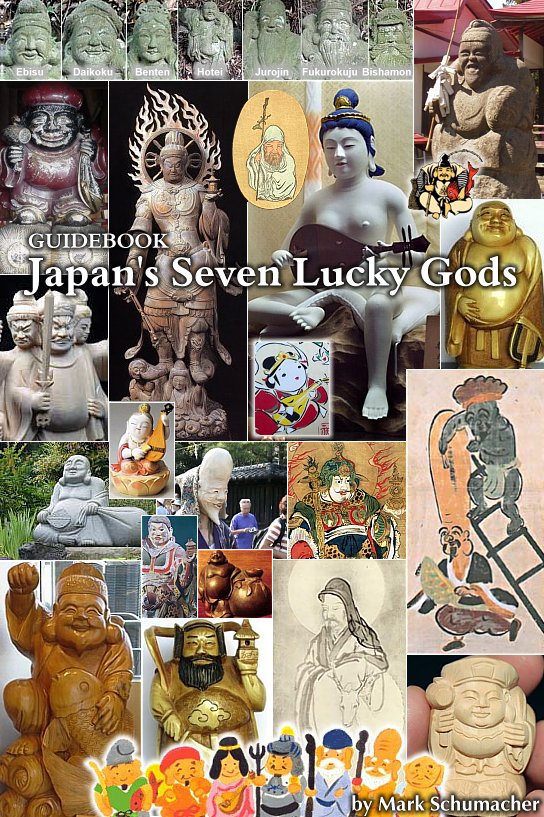Visual Primer on Chinese Buddhist Artwork – Sept. 2014
Thursday, September 25th, 2014This annotated visual tour features over 100 photos from China’s Mt. Tiāntái region, the home of Tiāntái Buddhism (originated late 6th century). Tiāntái is the first Chinese school to break significantly from the Indian tradition and therefore represents China’s earliest indigenous Buddhist system of thought. The Tiāntái school also became the foundation of important Buddhist schools in Korea and Japan. The slideshow’s cast of characters includes the Door Gods Ha (the Blower) and Heng (the Snorter), Vedic Sea Monsters, Rooftop Beasts, Four Heavenly Kings, Perfected Saints, Folk Gods, a Booze-Guzzling Drunk Monk, a Pot-Bellied Gate Guardian Serving as Lord of the Dinning Hall, a Carp Transforming into a Dragon, Magical Lions, and more. This cast of characters is found in myriad Chinese temples and thus serves as a microcosm of modern-day Chinese Buddhist artwork and faith. This slideshow is intended as a “primer” for students and teachers of Chinese Buddhist art and folklore. There are two versions.
- Fully annotated version includes explanatory notes, references for further study, and detailed captions.
- Minimally annotated version includes only captions. It is better suited for classroom presentation.









